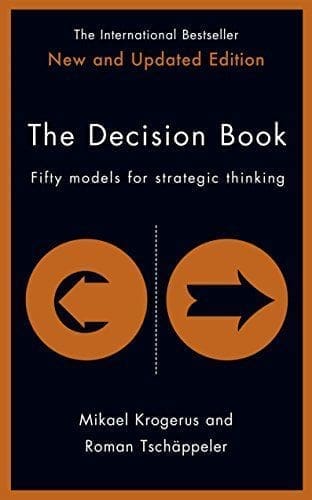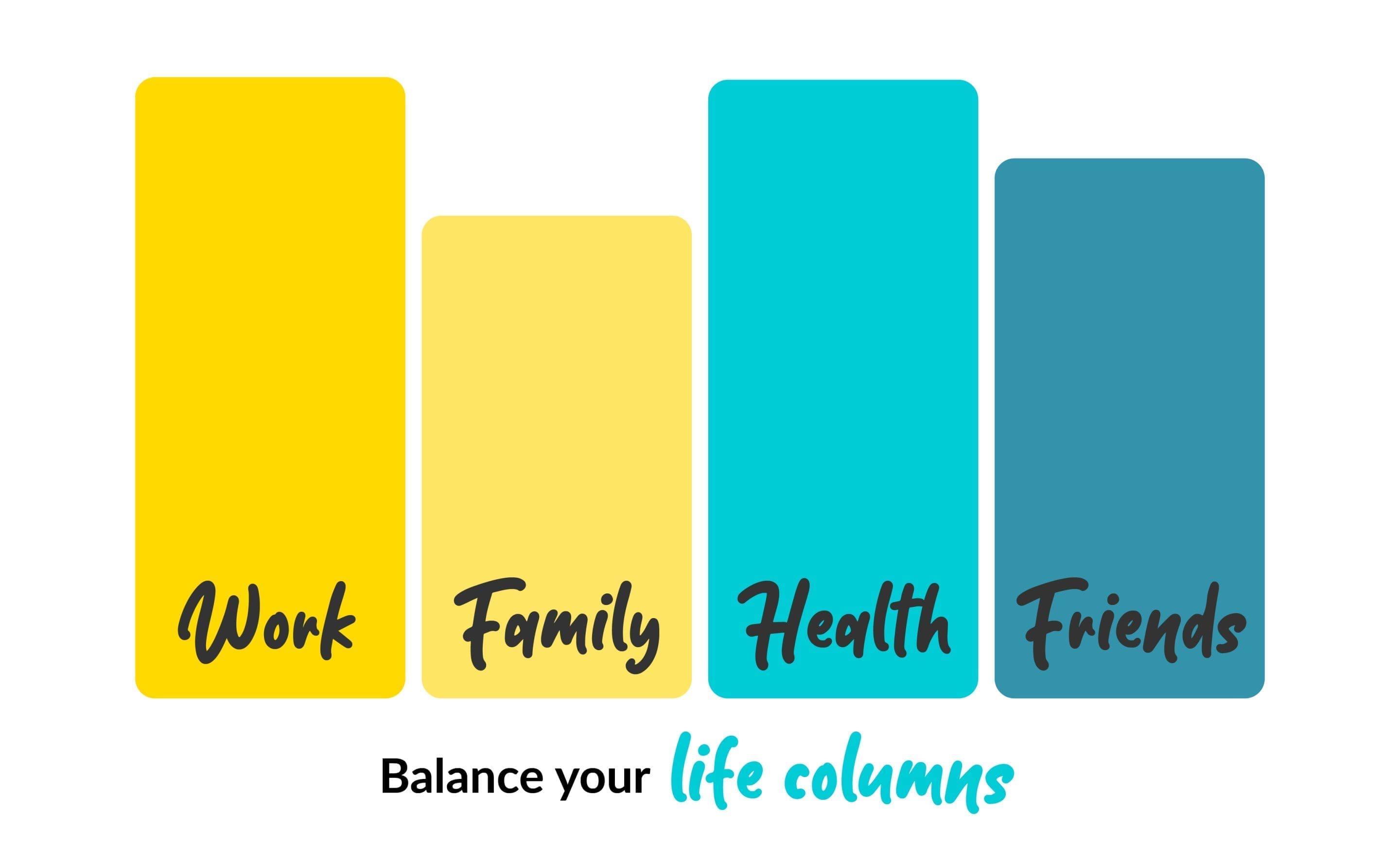Updated and added to for 2024. This post is a collection of diagrams and methodologies collected over the years, used in teaching and in business. Learn about the curve of learning, the best strategic model we employ, why deadlines are useful, why we all need an alter-ego, and how we ask how are you today? Art and animations by Agate.
Business Diagrams
MOIST
What?
What is the brief? How are you going to tackle it
When to use?
Any marketing situation when you need to start, or check you are doing the right thing
4xPs of Marketing
What?
Have you got the right thing to sell?
When to use?
At the start of thinking about how to sell a product or even make one in the first place.
Think holistically on the problem.
SWOT Analysis
What?
What are you good at?
When to use?
Business planning. Startups especially
Consequence Models
Consequence model #1
To do is often equivalent to not doing.
Consequence Models
Consequence model #2
What is the least worse decision?
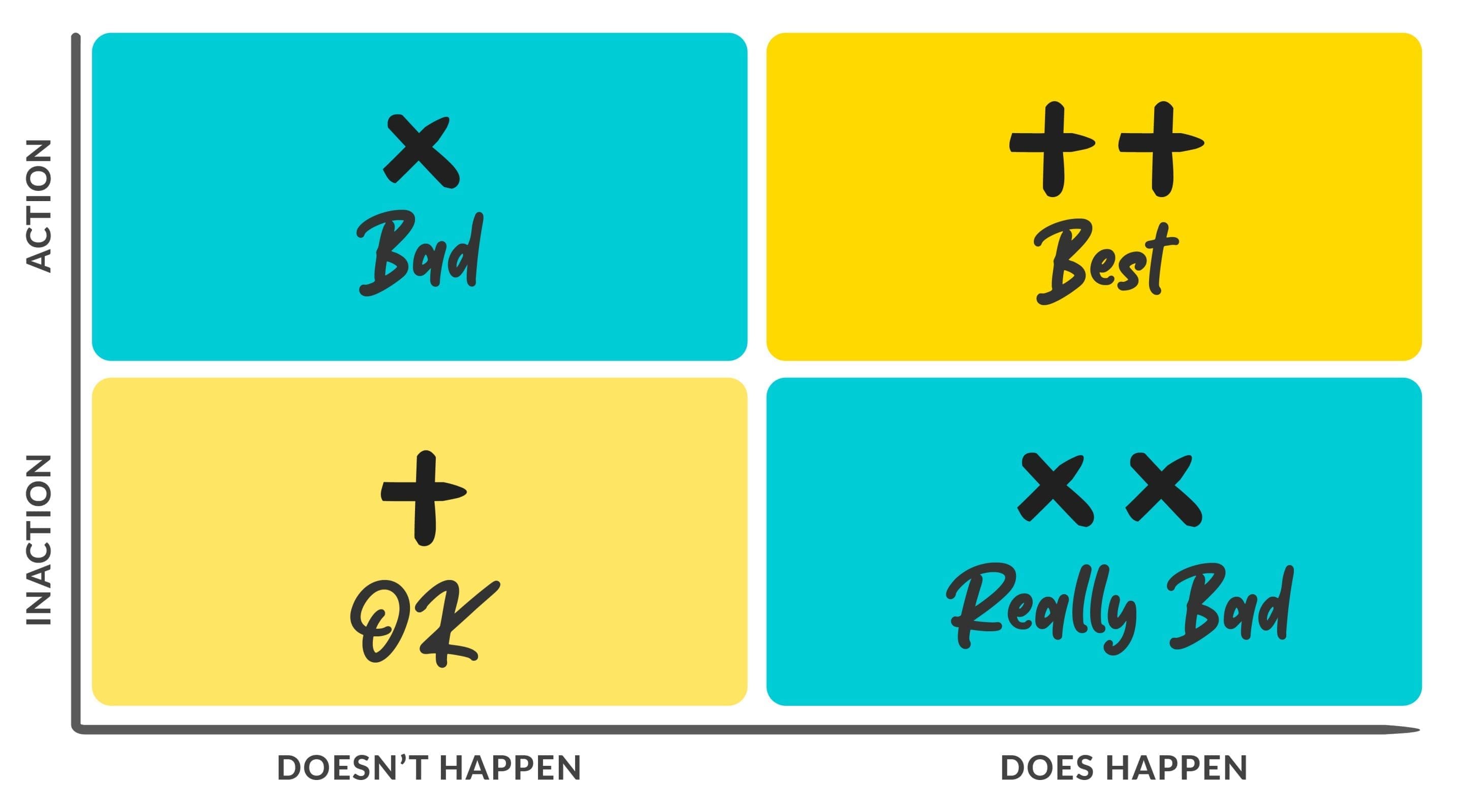
What?
To do or not to do.
When to use?
When deciding to do a task ahead of signoff. To work out whether you need to make that investment or even back up system.
A really useful tip to work out when to start projects and how far to continue. Thank you to my old Geography teacher who taught these ones.
Early adopter model
If you are launching ANYTHING new then make sure to take this model of growth of users in mind. Watch the Gap!
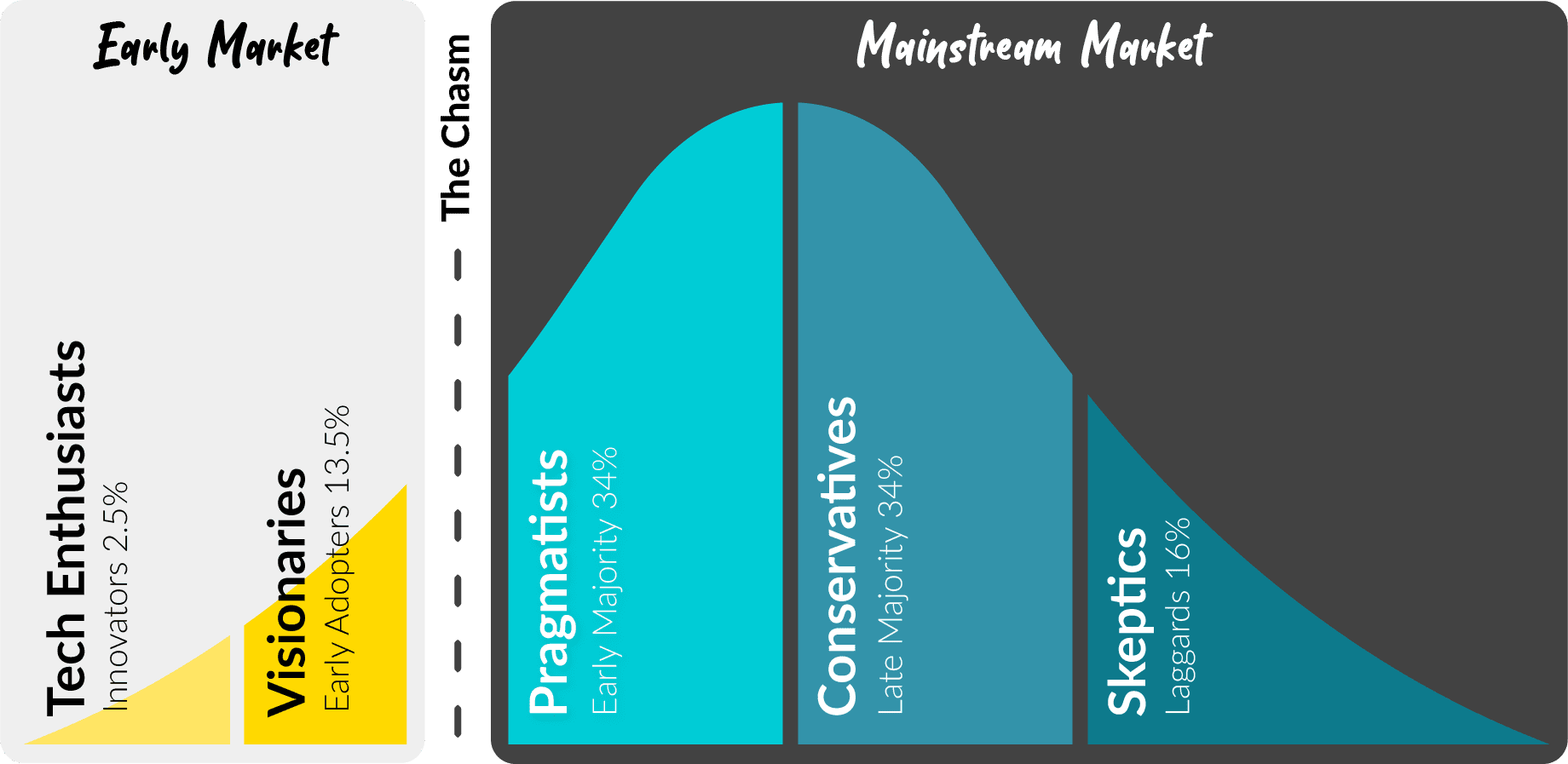
What?
Your early market and users for a new product are very different beings to the mainstream. Most start-ups and product launches concentrate rightly on only the left hand side of this diagram. The chasm can be huge between these and the mainstream.
When to use?
When launching any new product or innovation which you hope will reach a wide audience.
20/80 Model
Long Tail Model
What?
20% is your target, the rest is “long tail”
When to use?
In countless examples, from SEO, to bugs, to product sales, to influencers its always the 20% “mass” that really matter.
Decision Timeline
What?
The more a project goes on the more fine-grained the decisions are with regards to consequences
When to use?
Just keep in mind that your decisions have different impacts at key times. Sort of obvious but a model none the less.
KISS
Keep It Simple Stupid
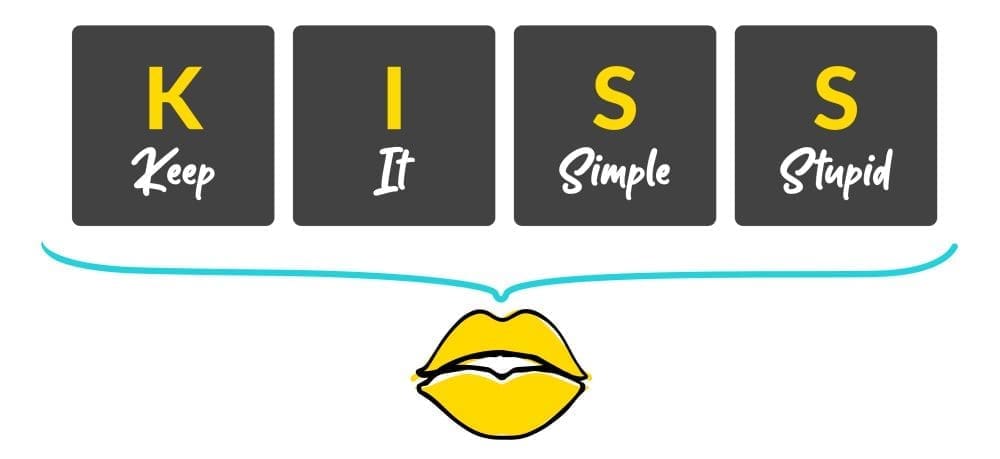
What?
When in business, UX, design and especially with developing code. Go with simple.
When to use?
Always.
SLAY
When you are writing a post, email or anything for social follow SLAY

What?
How to write short blog posts with maximum impact
When to use?
Any time you want to write something to be read and understood quickly. And no we don’t always take our own advice.
Thanks to Lara Acosta
The Swiss cheese Model
You cannot stop every bad thing happening

What?
We have built around ourselves many checks and safeguards. All have holes – some more than others. On a really bad day those holes line up and you have a disaster on your hands.
When to use?
Protect yourself with multiple layers of protection – especially when it comes to backups!
Business Canvas Model
When your business or business idea gets stuck.

What?
A map of your business functions and inputs. Draw it large on the whiteboard. See if your idea or plan is viable and see where the gaps in knowledge, revenue or flow need help.
When to use?
For startups or any company looking to grow. Does your business plan stack up? What are the areas of weakness?
This version is downloaded from Wikipedia. The original attribution is non functioning. There are other versions.
Part #2
People & Learning
The Learning Space
Learning is hard and frustrating - this is why
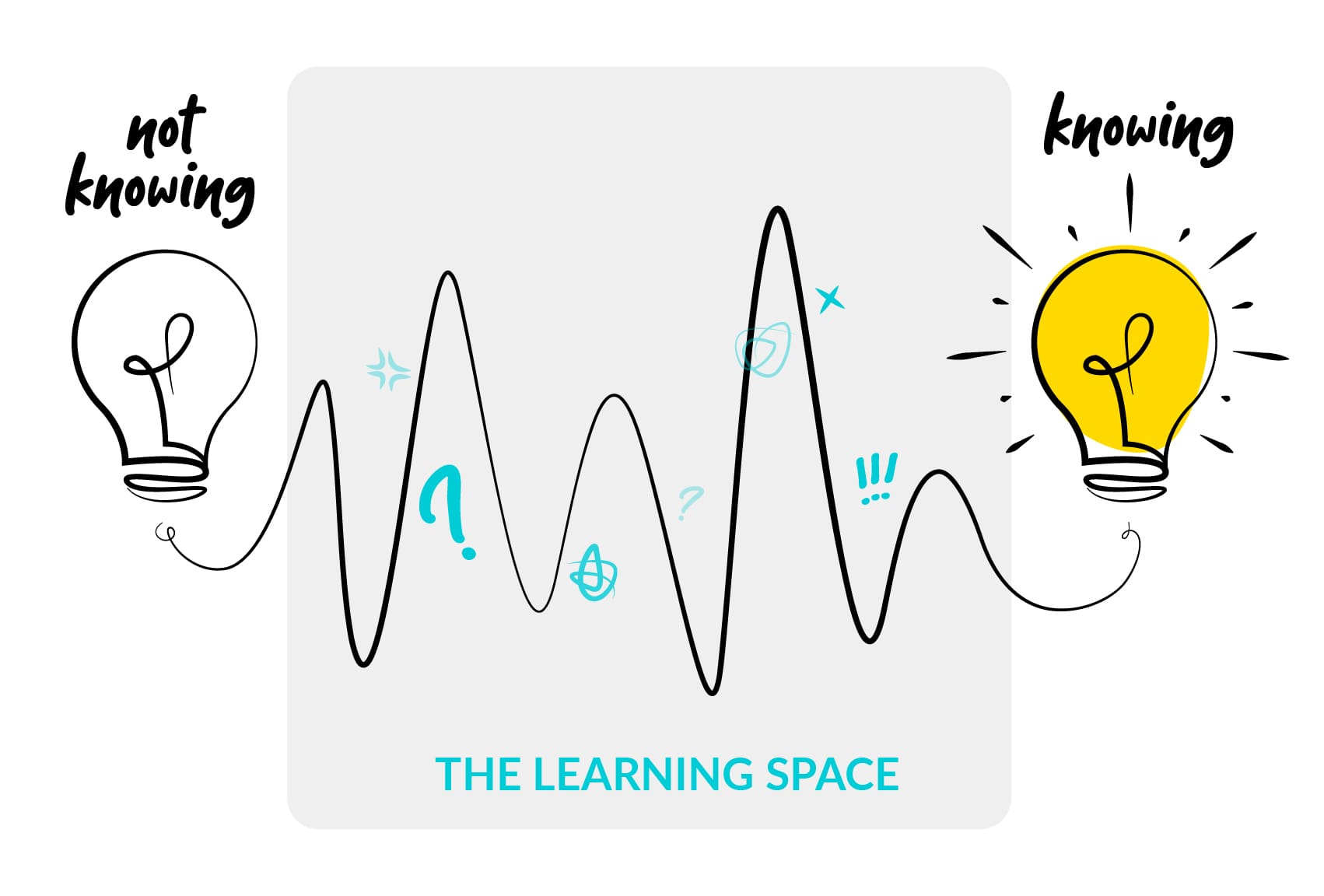
What?
Learn how to love learning and the journey.
When to use?
Any time you are teaching (Say 2nd year Graphics Students at University of Worcester) or any time you are learning and wondering why it is not going so well and you are not so good as those amazing folks you see out on the internet. Maps closely to the curve of learning.
What to do first?
What?
Do this now or later?
When to use?
Evaluate every task.
Parkinson’s Law
What?
If a task has 2 hours it will take 2 hours. If you have 2 weeks it will take 2 weeks.
When to use?
Planning and action. Shorter timelines are often better and more focused. Longer timelines end up being shorter as you put off the tasks. Short, sharp, focused but finite tasks work better. See also SPRINTS.
Collett’s Law
“No good can come of a phone call after 5pm on Friday.”
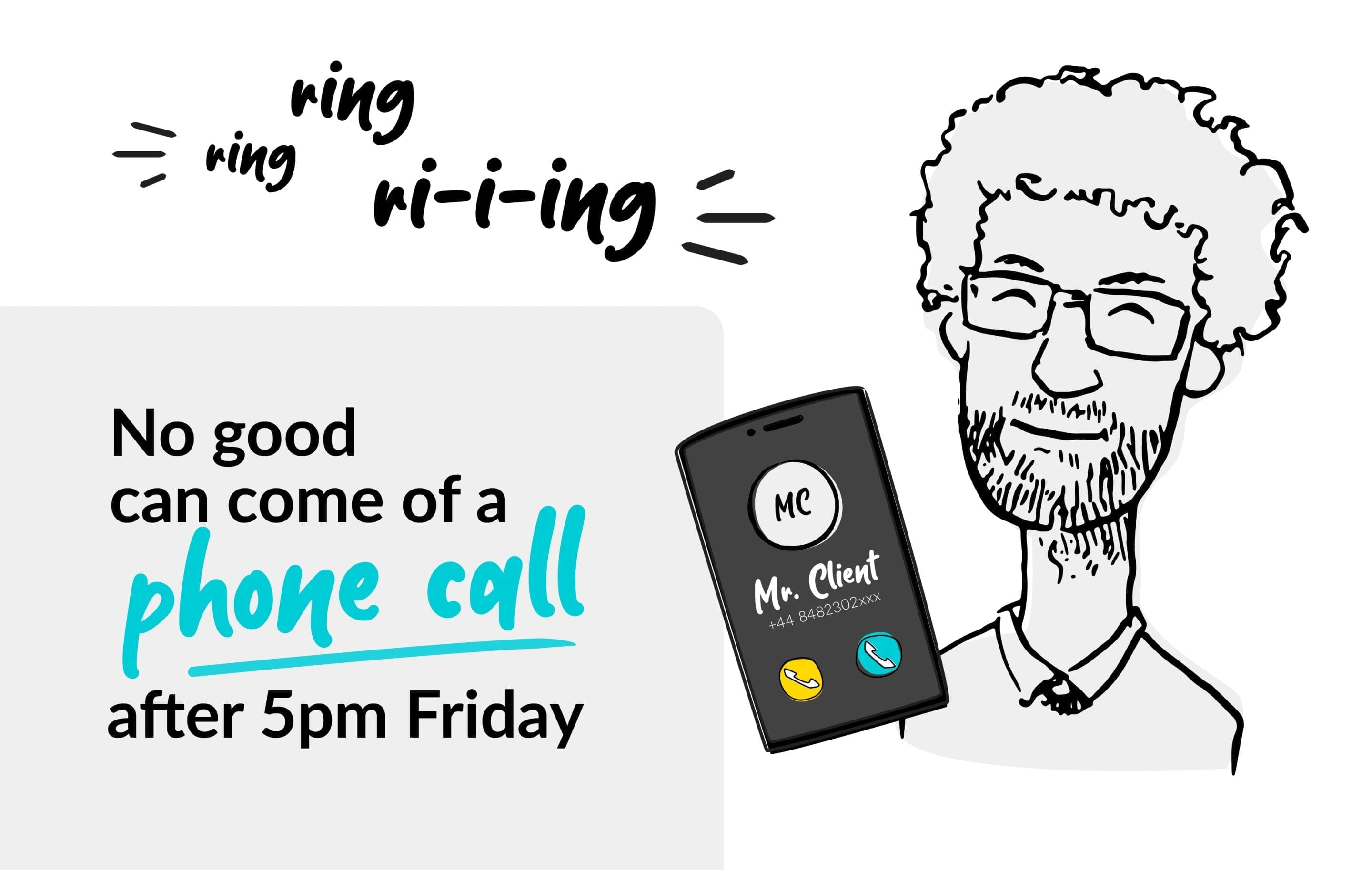
What?
Turn your phone off. Go have a drink. If someone has left it that late you are last on their list, or whatever it is needs some more planning or thinking.
Or for you younger folks, the Gremlin Law. No good decisions are made post 12 midnight.
The Dunning-Kruger Effect
Two scientists who unearthed a pattern in the way that we learn…

What?
When we first learn or deep dive on a subject we consider ourselves expert and are high in confidence. Therefore it is difficult to convince a naive early expert otherwise. The more you research and learn, however, you realise the more you know the more you know you don’t know. Your confidence takes a dive. Over time you might become THE authority on this subject and know more than anyone, reading all the books and subject matter there is. You will never be as confident as your earlier self as knowledge creates doubt.
When to use?
We think this explains much of how the world works and why for example it is difficult to convince zealots on X (Twitter) and conspiracy theorists. Its also why students have a dip in confidence as they begin to emerge themselves in their subject and realise how little they actually know – but this gets better.
Curve of Learning
What?
At a point in time you are trained enough to be a [insert job title here]
When to use?
When learning new things.
In university we are aiming for somewhere between the end of year 2 and 3. Some students are ready for the big wide world before others.
Circle of learning
How we learn to be better at some things and avoid doing those things we feel less able to do. Thus we get better at what we are good at and fail ever more at what we do less of.
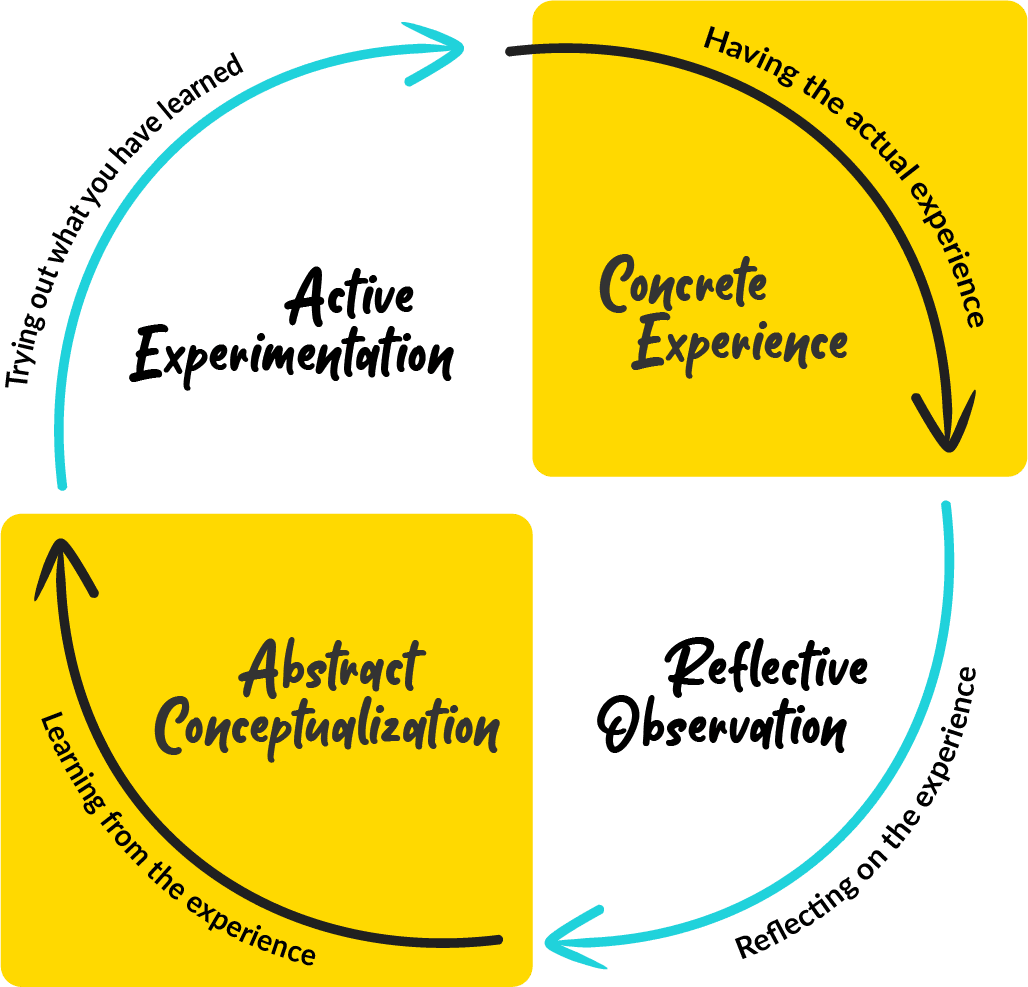
What?
Take a small kid (Let’s call him Sam) who does a good drawing. He gets praise so does more drawing. Gets more praise, does more and better drawings. Then he studies others, researches, and becomes ever more knowledgeable and eventually makes a career out of it.
Turn the arrows the other way and we see this same kid is told he is rubbish at football. So he avoids playing, watching, researching etc. The less he plays the worse he becomes and the more he avoids! This is the circle of un-learning.
When to use?
When someone says they can’t do something.
Choice vs happiness paradox
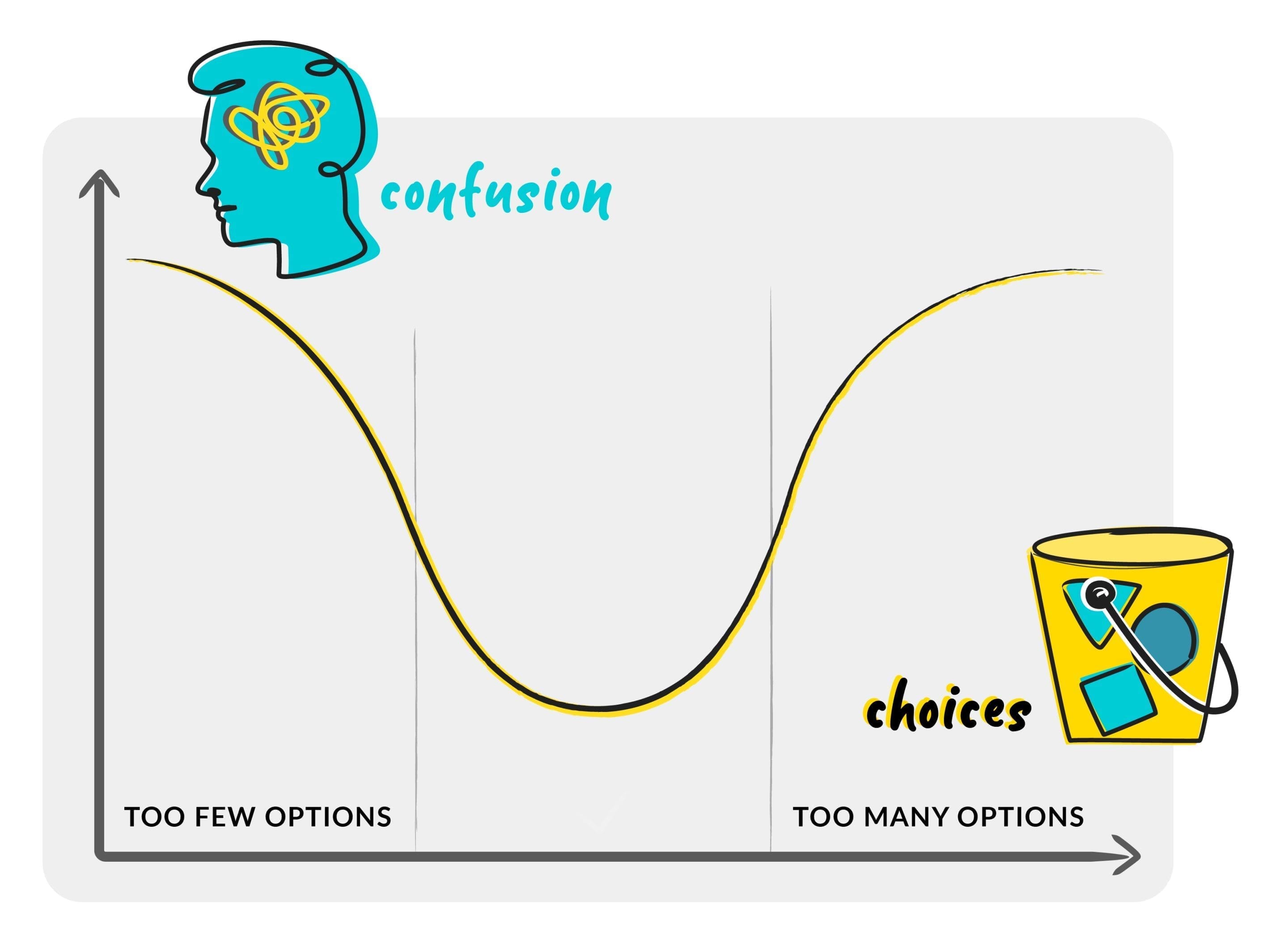
Monkeys and Bananas
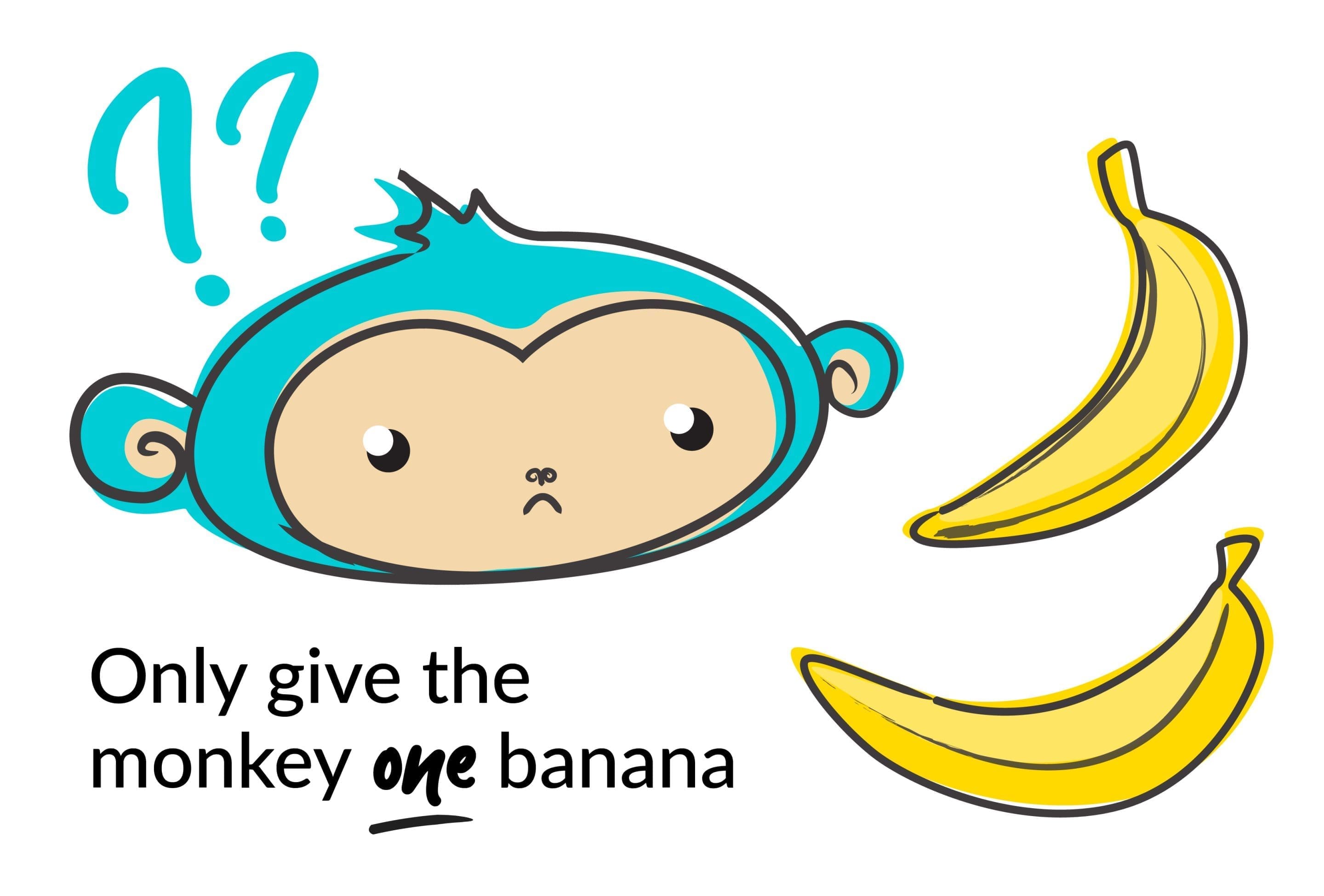
What?
Especially in UX design any choice, even if just two buttons or items slows you down.
When to use?
Especially when creating a walkthrough or flow, like a booking engine or shop. Make choices for the user for them to confirm, or highlight a recommended choice.
The Diderot Effect
In our house, known as the “French Dressing gown dude”.
When you buy a shiny new thing, then you are happy for a short while, until you notice that all around you is old. The cult of capitalism laid bare.
https://en.wikipedia.org/wiki/Diderot_effect
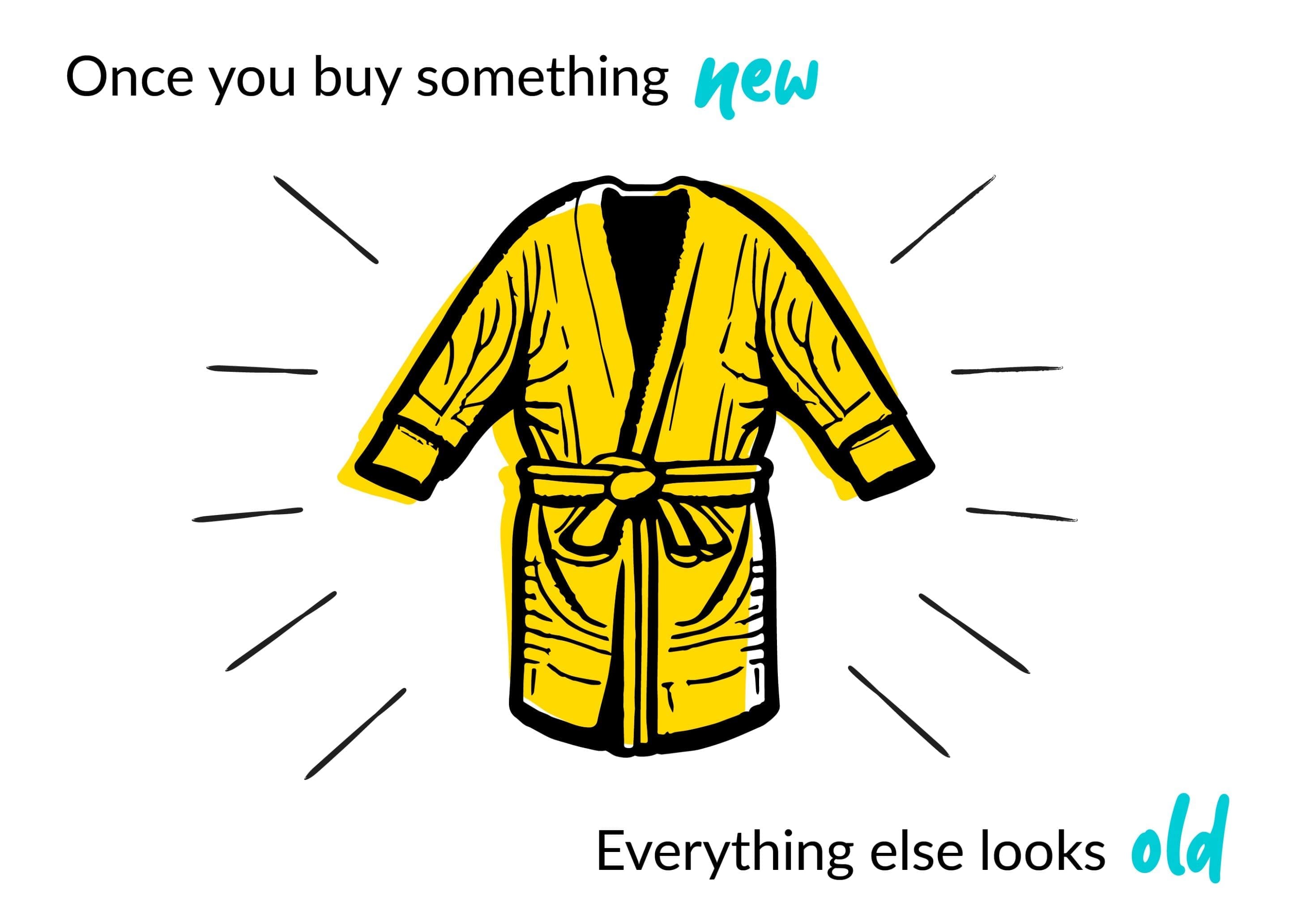
Gell Mann Paradox
You are an expert in your field. You read an article on that field written by a journalist. You can tell that a percentage of the article isn’t quite right.
Therefore the rest of the articles are also not quite right.
Check your sources and be careful of what you read.

The Gift Matrix
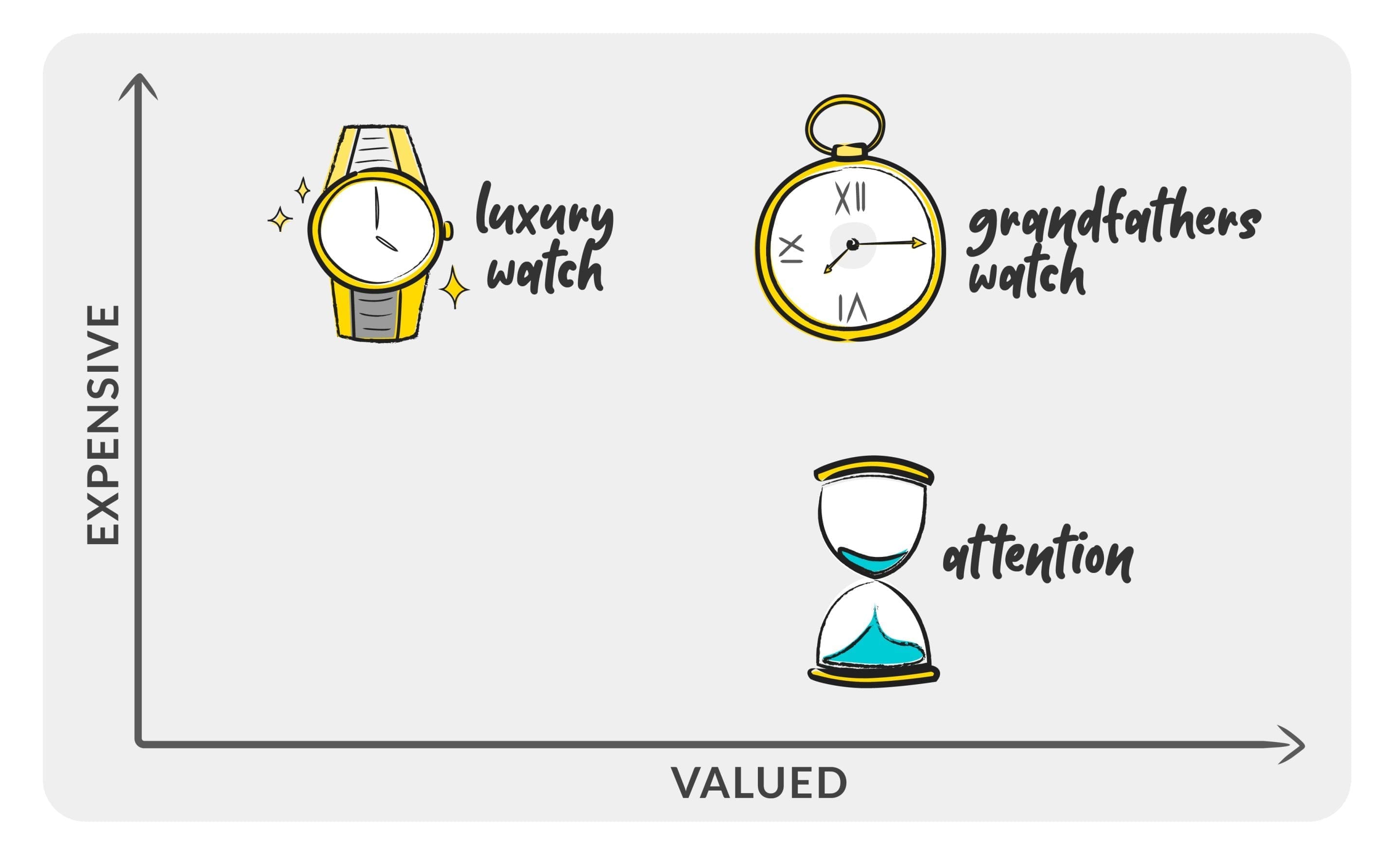
Four Columns
THINK OF YOUR OBITUARY NOT YOUR CV
Self explanatory, and a difficult thing when you are trying to earn a living. No one regrets on their death bed not finishing that email. Go hug your family.
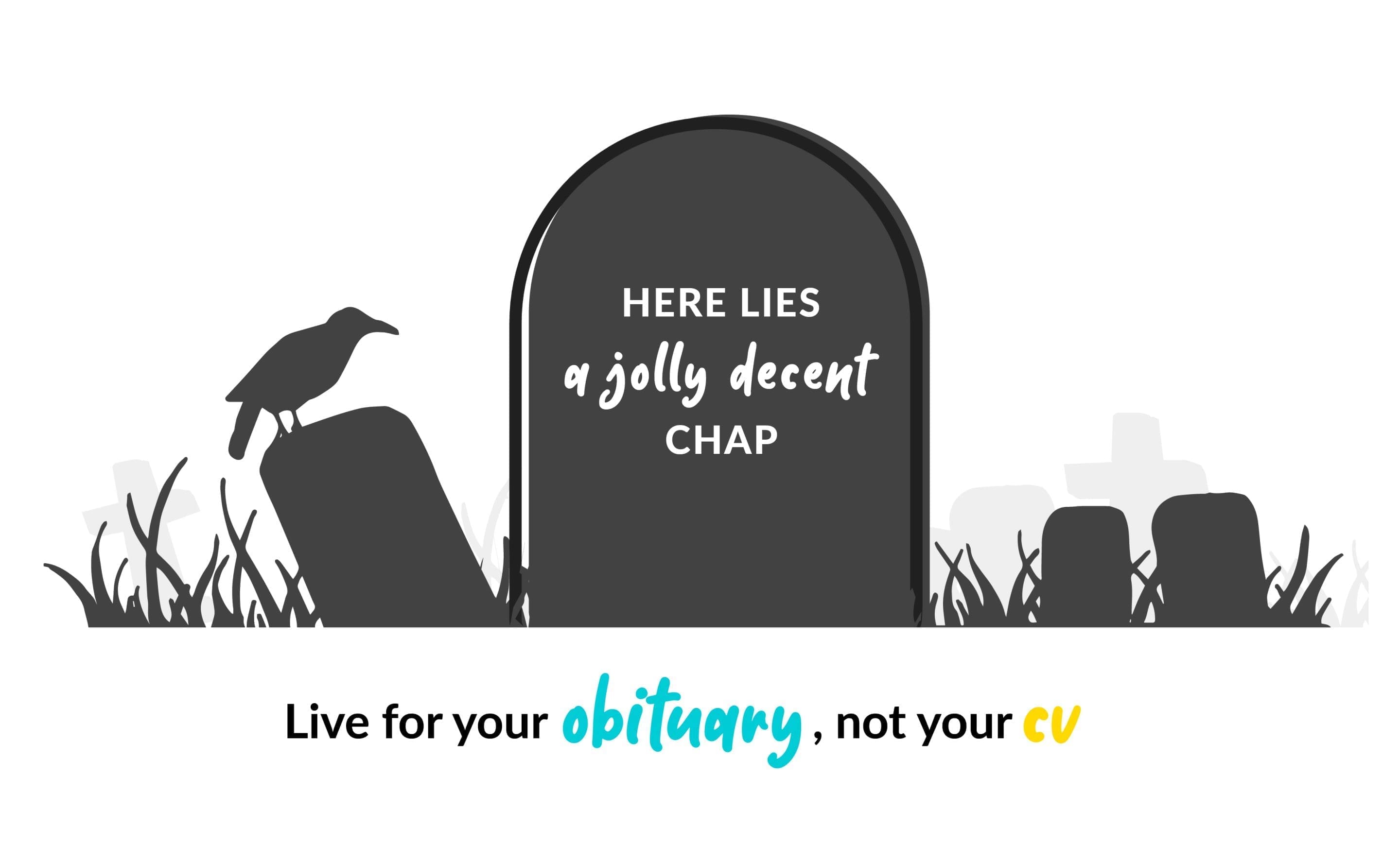
Love yourself
You are going to spend an awful lot of time with yourself. Slightly depressing but also liberating.
This last one is not our diagram, see the full graph.
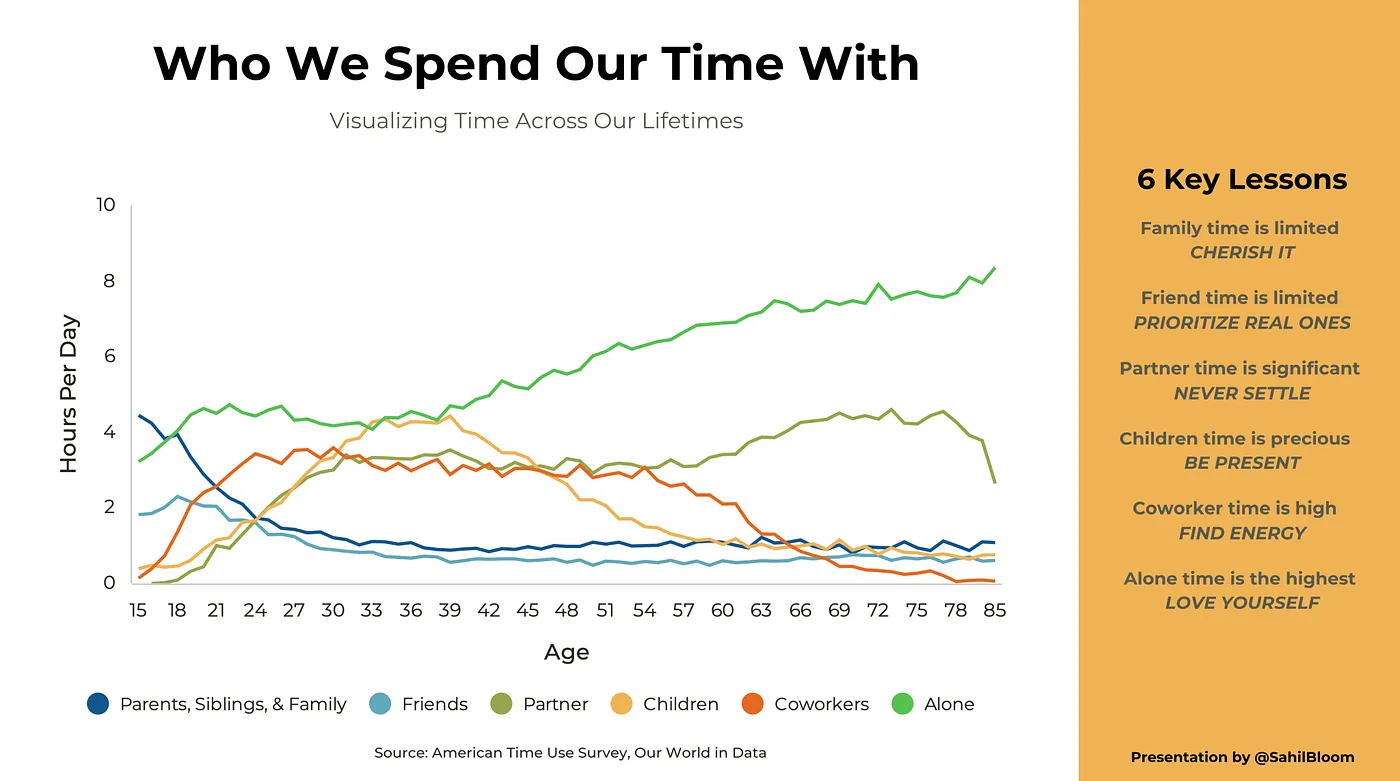
References & More
Most of the diagrams above come from The Decision Book – I urge you to buy it.
It should also go without saying anything from the Information is Beautiful team led by David McCandless.
